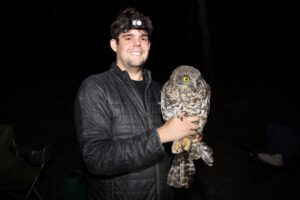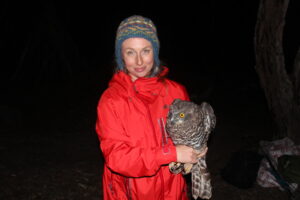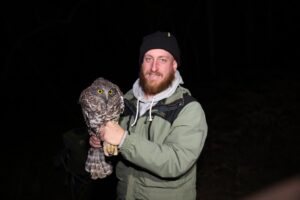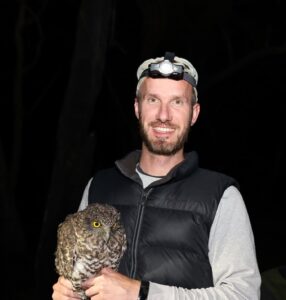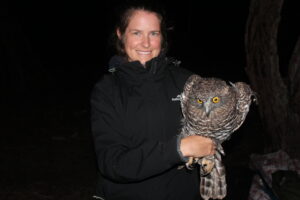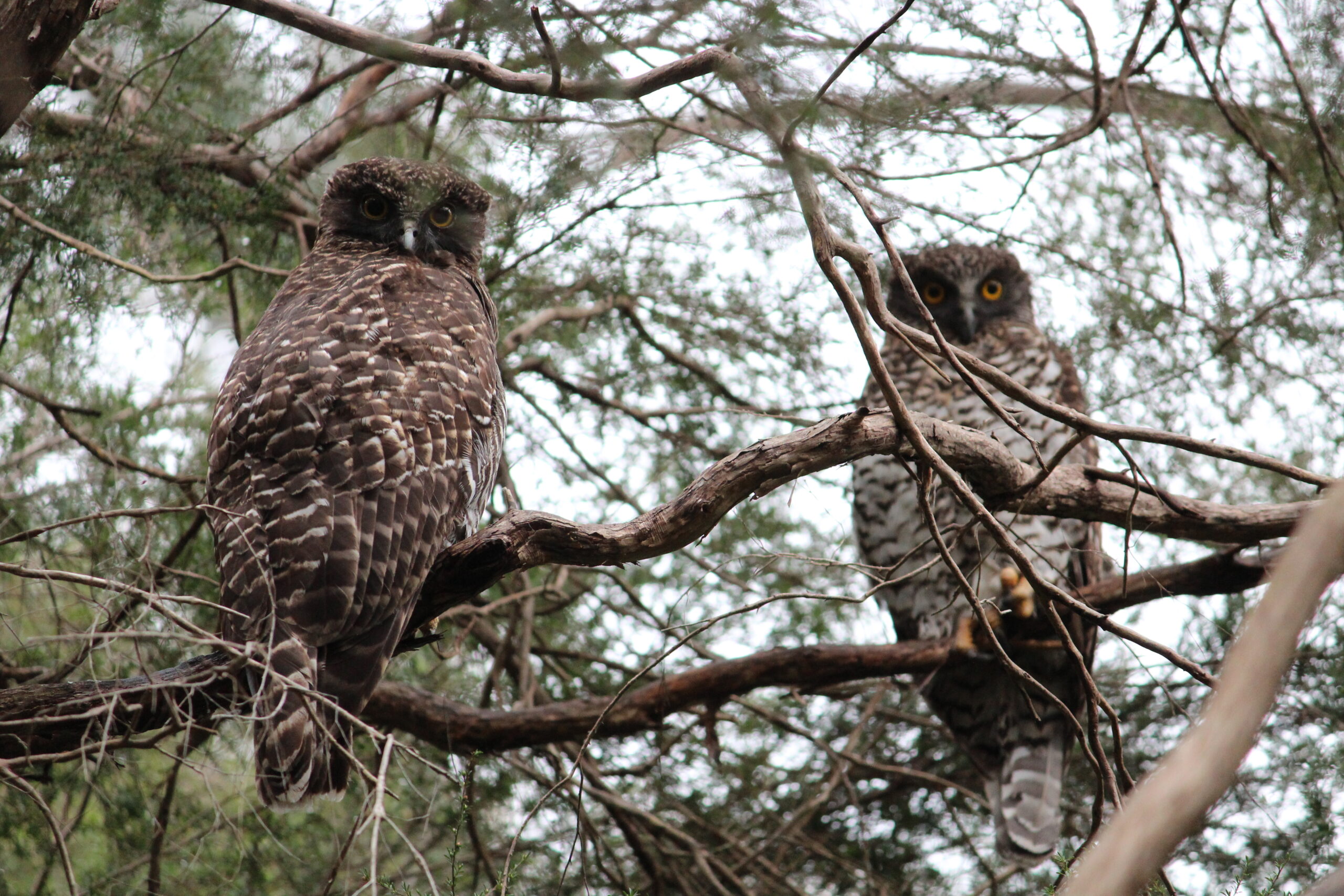
Challenges:
Over the course of his research, Nicholas came across multiple challenges, namely he nocturnal nature of the animal which made it extremely difficult to track to the fact that they are quite elusive with camouflaged characteristics and a tendency to hide out in the thick canopy of trees. Finding them requires the team to trace their feathers and other distinct features such as faeces, which often look like toothpaste. As Nichloas highlighted, the field work activities are the hardest part of the process, so he is incredibly thankful for the Ecology team at SMEC who came out and supported him during this process.
Global implications:
From an engineering consultancy standpoint, the implications of this paper extend far beyond Victoria or even Australia, resonating with businesses and decision-makers globally.
Apex predators, like the Powerful Owl, are often highly mobile and have large-home ranges to obtain the resources they require to survive. Sadly, apex predator populations have declined globally with numerous species considered as threatened. Although this paper was Victorian specific, it has applications to help mitigate impacts and conserve Powerful Owls in other states and even other apex predator species in Australia and globally.
By fostering awareness and collaboration, professionals in the engineering sector can play an important role to mitigate potential environmental impacts arising from projects to apex predators and threatened species, thereby contributing to biodiversity preservation. Lastly, Carter encourages teams and individuals to harness their curiosity and passion for animal species to conduct their own research ad learn how they can help support apex predators and threatened species local to their own backyard or on projects they are working on. This proactive approach aligns with a broader ethos of environmental stewardship, emphasising the importance of corporate social responsibility and proactive engagement in biodiversity conservation efforts.
To read this paper, please click on this link.
———————
(1) Carter, N., White, J. G., Bradsworth, N., Smith, A., Neville, R., Taylor, A., & Cooke, R. (2024). Can environmental legislation protect a threatened apex predator across different land tenures? Landscape and Urban Planning, 244, 104991. https://doi.org/10.1016/j.landurbplan.2023.104991





